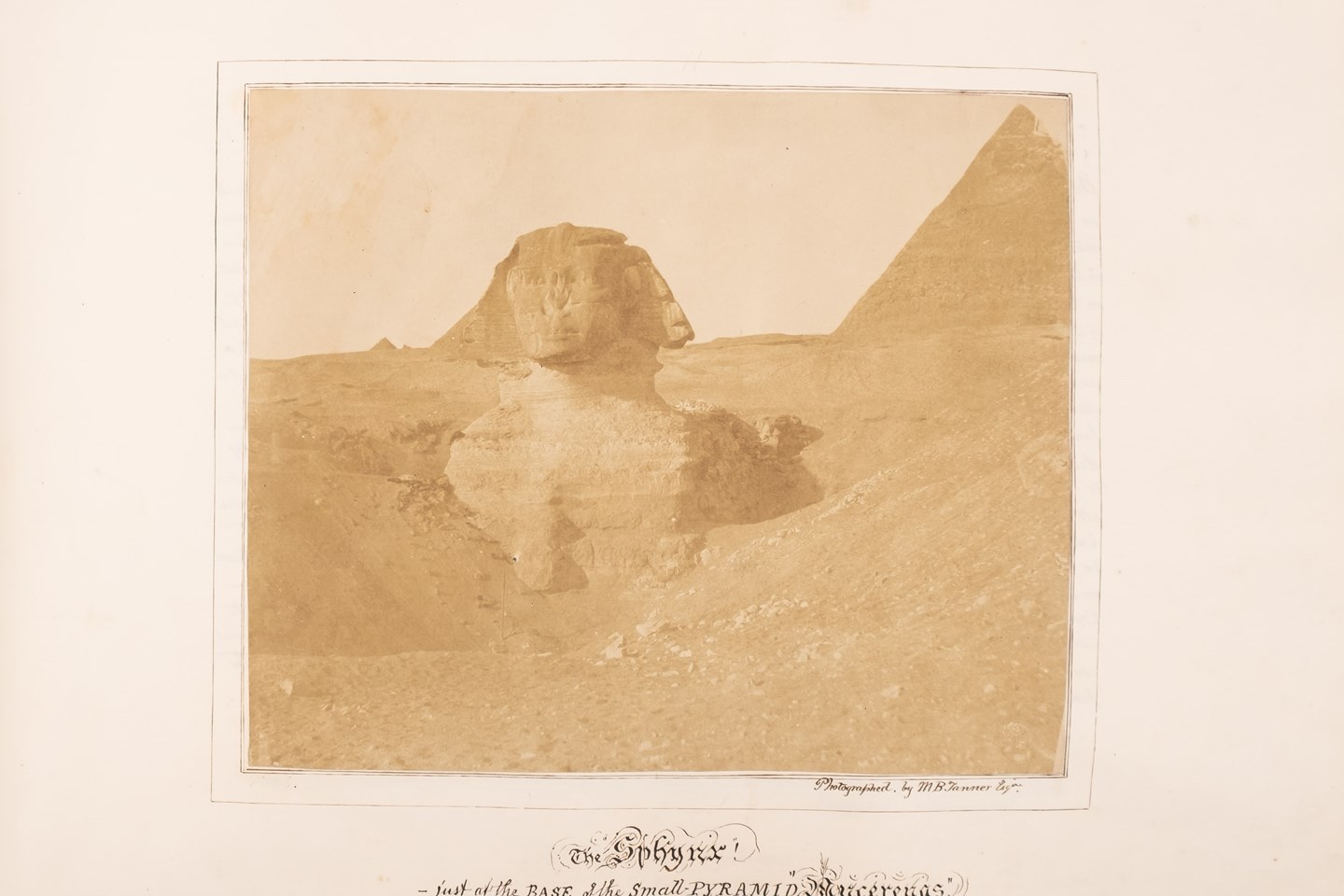
An Yixing teapot, modelled as squirrels emerging from a tree trunk, recently sold for £1,250 in our January 2013 Fine Sale (FS17/537).
Often overlooked by collectors, the Yixing teapot has very recently become a must have item with prices at auction for these rather unassuming items increasing rapidly.
Yixing, pronounced e–sing, is a city in Southern China on the Yangtze delta, famous for its fine pliant clays that can be slip-cast, coiled or slab-built making it ideal for teapots. Almost exclusively, these Yixing teapots are unglazed or bear minimal glazed-decoration and, when fired, are a reddish brown, a buff colour or sometimes almost purple in hue.

An Yixing teapot with calligraphic decoration to be offered in our Summer 2013 Fine Sale in Exeter on 4th July 2103.
Although exported from the 17th century onwards, they never really formed a significant part of the European Trade and one can only assume that this was because Jingdezhen was the primary export source or that these opaque wares didn't show off the translucent qualities that made porcelain so popular in the West. I wonder, however, whether the real reason was founded in the fact that Staffordshire potters such as Elers had already established a market for 'red wares' and by the early 18th century Bottger had mastered a body similar to that made at Yixing.

An Yixing teapot of more restrained form
with bamboo spout and prunus decoration
(Part of FS18/477).
Early Yixing teapots were of small size and of simple globular form being initially used for travelling purposes. However, by the beginning of the 18th century, their use throughout China became more domestically based and more widespread. The unglazed interior surface of Yixing teapots absorb traces of the contents which over time lead to a more complex flavour making them highly prized by connoisseurs who would have a pot for each type of tea. It has been said that a pot used for many years would eventually be capable of brewing tea by using water only. This increase in popularity, coupled with connoisseurship, led to a rapid expansion in form and decoration that included more adventurous shapes and the use of poetic and calligraphic texts.
- Bearnes Hampton & Littlewood
- Oriental Ceramics
- Oriental Pottery
- Yixing







